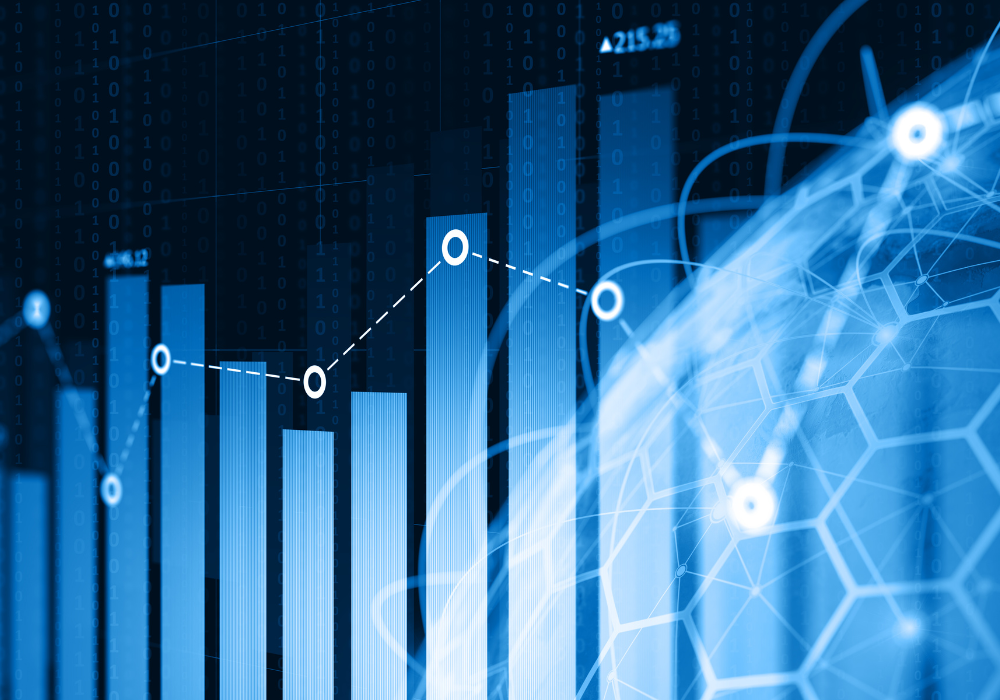Adopting a new technology, whether cloud computing, using new software, or simply buying a new device always raises questions about security and safety. We often get asked ‘how safe is using a remote desktop?’ - many businesses worry that storing company files and data anywhere other than on office servers may pose a large risk to security.
With more and more businesses relying on remote working in the current climate, the safety of different tools is increasingly important.
So, we’ve looked at the risks and benefits of remote desktops and local servers to help you make an informed decision.
What are the risks of remote desktop?
The biggest risk with any online activity is the potential for hacking or malicious entry - and this is what most businesses are concerned about, especially when remote desktop is a new way of working, and most especially when everything has had to be made remote quickly and reactively, rather than in a planned migration.
However, there are plenty of ways to mitigate these types of risk:
- Use Two-Factor Authentication to ensure that whoever is trying to access your systems is the person you're expecting (we recommend 2FA to everyone, no matter what systems you're using)
- Restrict access to your remote desktop through a VPN - Virtual Private Network - rather than having it available on the public internet. This is a key way to curtail hacking attempts.
- Restrict your remote services to internal IP addresses (if this is suitable for your business)
- Add Network Level Authentication, which requires that devices connecting to the remote desktop are using the right software, using up to date operating systems, and have the right security measures in place.
- Use strong passwords - there are password generators online that will create a random string of numbers, letters, and symbols. Don't let people choose simple passwords for themselves.
Every business using remote desktop should have a robust policy in place - using the tips above will dramatically reduce any risk to your business. Which is important, because not using remote access could bring in its own risks...
What are the risks of not using a remote desktop?
As it stands during the coronavirus crisis, many businesses had to look into implementing remote working quickly, to ensure employees are able to continue working on lockdown. This is one of the risks of relying on non-remote technologies - having remote desktop in place prior to any global pandemic or disaster enables you to be up and running right away.
- What would happen if your laptop was lost or stolen? How protected are the files stored on your devices?
- If your current server failed or had an outage, how quickly could you resolve that problem?
- If your laptop or PC broke, how much time would it take to recover your files and get back to work?
- Is your data or connection encrypted?
- Do you really know if your employees are working from home, what is the cost to your business if they aren't?
- If someone left your company, how would you ensure they didn’t have access to your system and files?
- What if your trusted USB stick loaded with company data was lost or corrupted?
- Do you know what level of security and antivirus protection are applied to your systems?
- If someone is working from home, how likely is it that they're working on up to date documents? Remote working brings in problems with version control and access - unless you're using cloud technologies to collaborate in real time.
With all of these scenarios, there is a risk to not using cloud-based or remote services. From outages, losses, and breakages, to potential business continuity problems, having data and files stored on individual devices poses just as much risk to your business as remote access.
Safety of using a remote desktop
Using a remote desktop can mitigate the risks outlined above, and provide plenty of additional benefits. Whether you're using Microsoft Remote Desktop, or another service, you can increase safety, security, and protection...
Increased access
By using a remote desktop, you have access to the server from any PC, laptop or mobile device at any time. This means if you forget that USB stick or printed document, you can easily access it from a borrowed device when connected to the internet. If there is a snow day, or an employee can’t get to work, you have the ability for them to work safely from home which means your business doesn’t lose out on a day's work.
Security
If, in the worst case scenario, your laptop was stolen, you can quickly change the passwords for your remote desktop, preventing anyone from accessing your files. Gone are the days of using a USB stick, which add their own security challenges.
Data Protection
Data stored on remote servers will be protected in a number of ways. Datacentres where the remote servers are stored will have high security and entry checks, so only authorised people can access your servers. Data and connections will have levels of encryption securing your data against hackers. Plus they have a variety of redundancies built in, to protect access and avoid downtime.
Disaster recovery
In most cases data will be backed up to a series of other servers, so in the case one fails, your data will switch to the backup server. If for example you have a fire or break in at your office and your server was damaged or stolen, you risk losing important files and data. Utilising the cloud with off-site servers allows you to carry on working from any location knowing your data is safe.
Choosing to use remote desktop, as mentioned, is a big decision. We advise every business to assess the risks of not using a remote server and what impact those risks will have on your business. Can you afford to keep running your server and infrastructure from your office?
If you would like us to help assess your IT infrastructure and see if remote desktop is the best way forward for your company, contact us today

[updated 17th April 2020]

.png)



